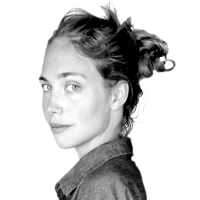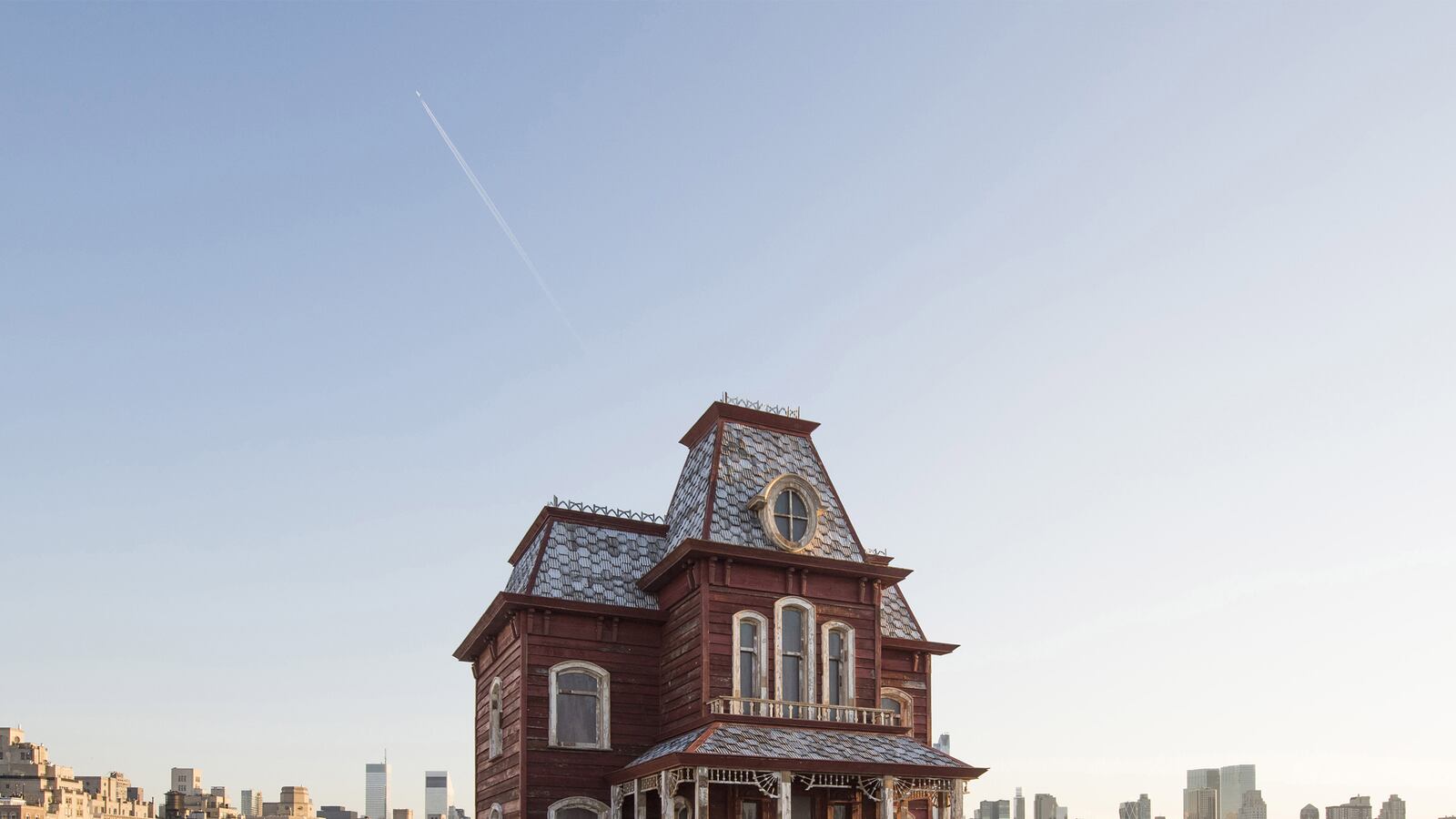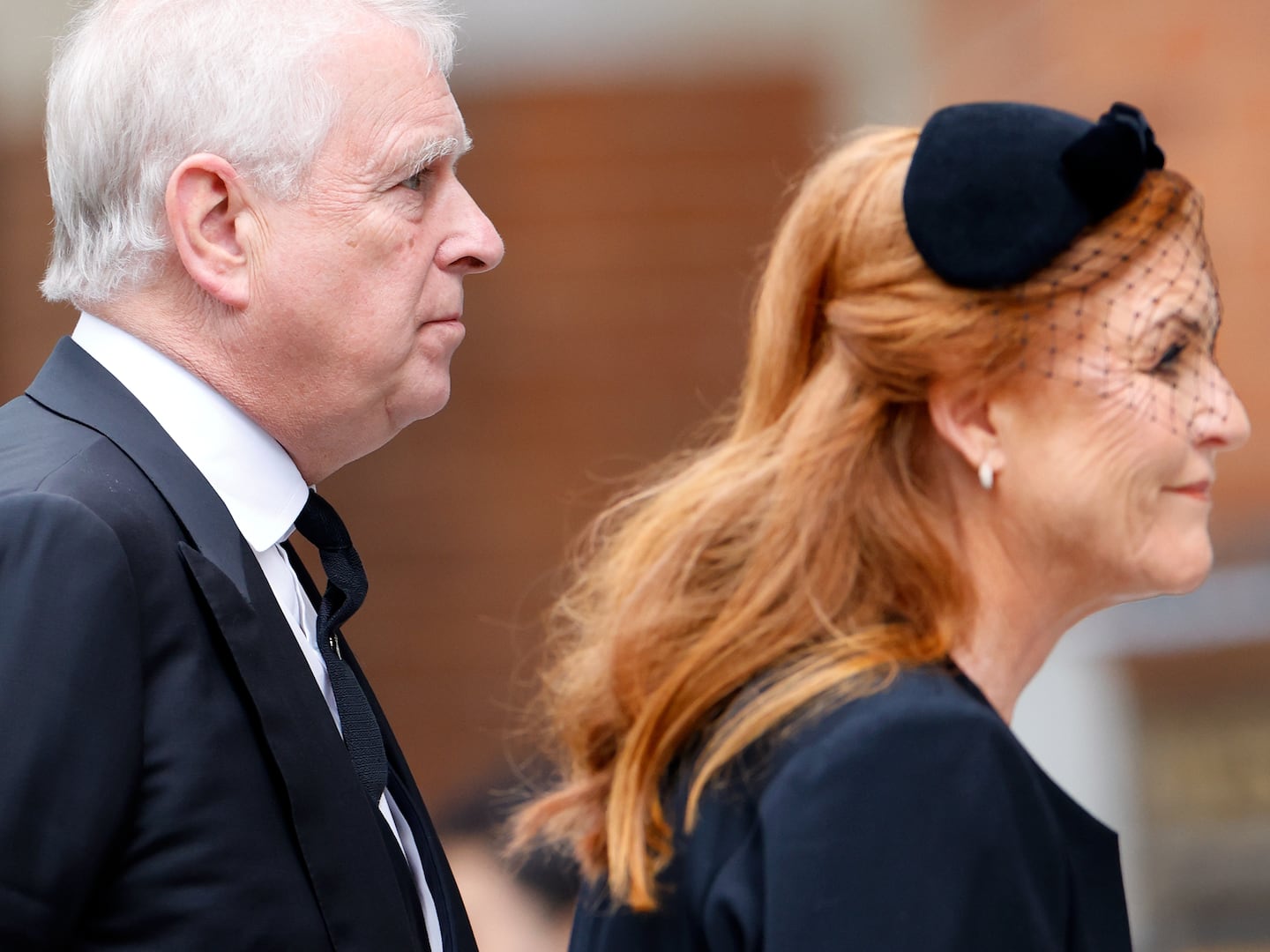Just after 11 a.m. on a warm, humid Friday on the Metropolitan Museum of Art’s roof garden, a dapperly dressed toddler rolled around the ground near the steps to Cornelia Parker’s Transitional Object (PsychoBarn).
“I want to go inside!” the child wailed, while his equally dapperly dressed father snapped photos of the barnlike structure, which—in fairness to the despondent little boy—looks like a ramshackle haunted house on first view. Having seen frontal photos of the installation before my visit, I’d hoped to wander around inside, too.
But Parker had something far more clever notion in mind. Yes, the British artist’s piece is an homage to the eerie Bates home from Alfred Hitchcock’s Psycho, as its title suggests. But when Parker first visited the roof garden in February 2015, she was mesmerized by the view and envisioned a big barn in contrast with the city skyline.
Parker’s piece is the fourth in a series of site-specific commissions for the Met’s roof garden.
Last year’s untitled installation by the artist Pierre Huyghe featured slabs of stone torn up from the terrace and stacked next to the spaces where they were uprooted; a boulder of the bedrock that supports most Manhattan skyscrapers; and a fish tank filled with colorful fish and a large lava rock.

The most critically-praised installation in the series was Mike and Doug Starn’s Big Bambú in 2010, a 25-foot towering jungle of bamboo.
“She wanted her commission to create a conversation with both the architecture of the city and the museum,” said Beatrice Galilee, the Met’s first-ever curator of architecture, who commissioned Parker for this year’s rooftop installation and worked alongside the artist for a year, helping to design and construct the project.
When Galilee describes Parker’s work, she uses words like “witty” and “dramatic.”
Parker rose to prominence in the art world in the early 1990s, when she blew up her garden shed and reassembled the shrapnel in suspension—a piece titled Cold Dark Matter: An Exploded View. Another installation featured balls of mud hung from a ceiling with string (the mud had been excavated from beneath the Leaning Tower of Pisa).
She has also flattened brass instruments and silver tea sets with a steamroller, and is known for repurposing found materials.

Parker knew that visitors come to the Met’s roof for the views, and for a break from looking at art. She liked the idea of creating something incongruous with the city’s skyscrapers, and at first wanted to deconstruct a barn and then reconstruct it atop the Met.
She’d been looking at Edward Hopper’s paintings of barns and his House by the Railroad, which was inspired by the Bates mansion in Psycho, when she returned to the Met in June to see the space at night.
Galilee wanted her to see it packed with people who come for the novelty cocktails and sunsets on summer evenings. That’s when everything clicked for Parker.
“She decided to take an old red barn and turn it into something much more sinister,” said Galilee, adding that Parker viewed the barn and the Psycho house as two extremes on an architectural spectrum.
The house’s floorboards, white posts, corrugated steel roof, and porch were all reconstructed from an old barn in Schoharie, New York. On Friday, bumblebees were sniffing around the wooden posts.
When you approach the house, you’ll likely catch a whiff of old horse stalls (the barn smell is particularly potent when it rains, Galilee explained). Looking closely, you’ll see bird scat on the side of the house and remnants of what looks like a hornet nest.

Parker and Galilee worked with a set design company to construct the installation—not easy, given that much of the wood was dry and brittle.
In a video accompanying the piece, Parker explains: “Politicians like standing beside red barns because they typify wholesomeness.”
The capitalism-glinting skyscrapers we see from atop the Met signify the opposite. Similarly, the nostalgia and warmth of Hopper’s paintings is not what comes to mind when we think of Norman Bates’s home.
Parker’s installation is a replica, which explains why visitors can’t go inside: like the one on Hitchcock’s set, Parker’s house is only a façade, with two walls supported by scaffolding and ballasts that visitors see when they walk to the back of the installation.
From there, the piece takes on new meaning. (After its time at the Met ends on October 31, the barn’s future is a mystery.)
“The experience of walking around the house was very choreographed by Cornelia,” Galilee explained. “She was adamant that the image of the back of the house be just as important as the front, so that the viewer understands very specifically that this is a set.”
The back of the installation is more like its industrial surroundings. But the scaffolding also serves a practical purpose: it can withstand 100-mile winds, ensuring Parker’s haunting house won’t blow off the roof garden.
As noon approached, tourists and couples were settling into benches on the garden’s perimeter with beer and champagne flutes—happy residents, if only for a few hours, of Manhattan’s new scary house in the sky.






